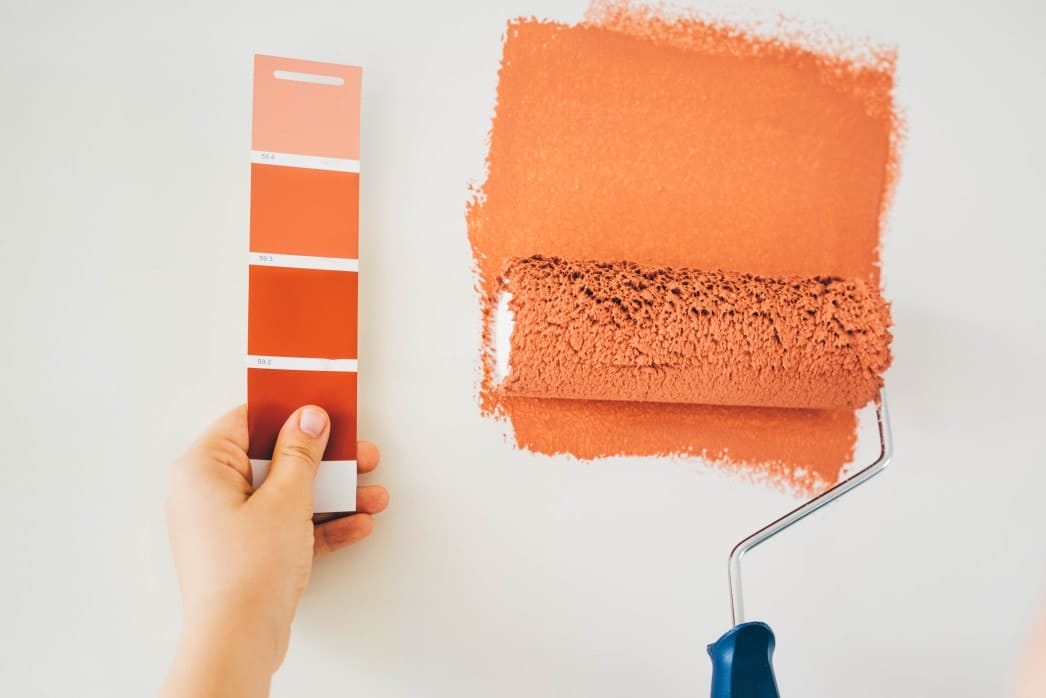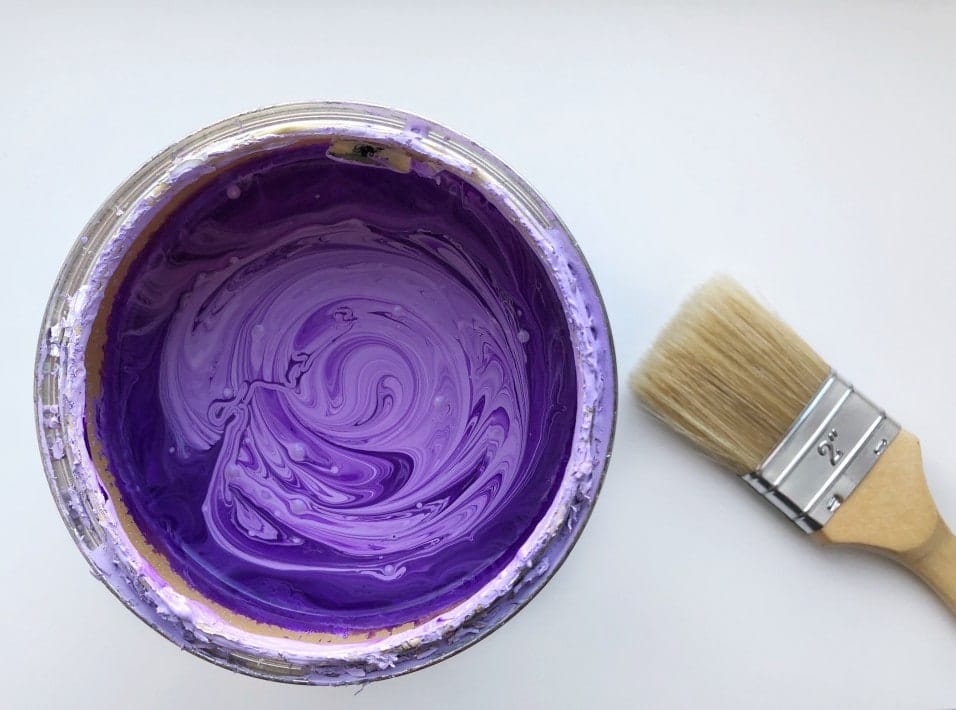Change the look and feel of interiors with a little paint and a lot of imagination. Selecting the interior paint color begins at home even before you go to the paint store. The first step is to choose the colors you love and use this as your base color and create a color scheme around it looking for highlights in the room and making them stand out. Get inspiration from catalogs, magazines, and fabric swatches. Also calculate how much paint you’ll need to minimize waste. Read on to find out all you want to know about selecting paint.
Type of paint to choose
Paints are available in a variety of sheens as well as in either oil or latex. Latex paint is the most preferred type of paint because it is easy to clean up and last long as it’s fade resistant and results in less blistering. Latex paint must be used on your walls. However, oil based paint is perfect for use on wood moldings and trims but it takes longer to dry compared to latex paint.

Guidelines for paint finishes
Flat (Matte): Has no shine, shows dirt and it is difficult to clean which makes it a perfect paint to be used in rooms with low traffic areas like bedrooms.
Flat Enamel: Has no shine but select flat enamel for low traffic areas and perfect to be used in a home with kids and pets as it is a bit easier to clean than flat paint.
Eggshell Enamel: This is a good choice for moderate traffic areas like living room and the paint has a bit of shine and is smoother to touch, is durable and can be cleaned with a damp cloth.
Satin Enamel: Has shine and perfect in high traffic areas or areas which have moisture. It is also super wipe able which is why it is perfect for rooms with small children, playrooms, kitchens and bathrooms.
Semi-Gloss Enamel: Shiny, satin sheen has a smooth finish. This is what you should use on cabinets and trim, or in really high moisture areas like kitchens and baths.
Hi-Gloss Enamel: Perfect to be selected for high-use surfaces like furniture or railing as has a shiny almost glass-like finish.

Paint color selection
If you are in the process of selling your house, give your rooms a brighter and clean appearance with white or off-white color. This will allow the buyer to easily repaint with their own choice of color.
Colors evoke feelings or an emotional response this is the reason that psychology of color is an obsession among paint professionals. Selecting a color must be based at least how a room is to be used and the mood you want to establish. In general, select cool lighter colors (blues, greens, sky-blue, pinks, lavender, soft yellow and clean whites) for use in private rooms (home offices, powder rooms, bedrooms) as they are perceived as calming, restful, tranquil and soothing feel; while select warm colors (like red, orange, and yellow) to enliven social spaces (dining rooms, kitchens, family and living areas) as they create a sense of drama and energy. Vibrant shades feel energized and express your personality while neutrals colors bring elegance and serenity to interiors.
Add depth and a relaxing vibe to interiors by painting an entire living space one color giving it an illusion of a larger interior; or paint some rooms or accent walls a few shades lighter or darker on the shade card. Interiors gain depth when each room is painted in its own accent colors, or different amounts of the same accent colors are used. Remember to keep molding and flooring similar from room to room to tie the interiors together.
Select neutral colors for elegance and flexibility within a room. Select varying shades of neutrals, or add splashes of color with accessories with textures (throw pillow, textiles, and vase) in interiors with almond walls to offset the subtle neutral tones in the room. Neutral colors permit flexibility in quickly changing the feel of a room by adding different colored accessories or painting the trim a new color. Remember, to bring an instant feeling of earthiness and richness with shades of rust, mahogany or garnet.
Select darker shades to visually lower your ceilings by painting it a darker shade than the walls. Or select a lighter color for your ceiling compared to your walls to expand a room. Playing with the color of ceiling also adds a touch of elegance or subtle look. Or for elegance remember to paint the ceiling, door trim and floor moldings in creamy ivory.
Select color to create focal points by adding walls of contrasting colors and trim or by painting one particular wall a darker color. When the rooms are featureless, add a dramatic and contemporary edge by painting an accent wall in a vivid color while the rest of the walls are kept neutral. Or make your large room look smaller by painting one wall a darker shade or visually expand interiors by painting the walls a darker color and the trims a lighter shade within the same color scheme. This will add visual and definite appeal to the room. Highlight any interesting aspect like a staircase in the middle of the room look incredible appealing when painted a shade darker compared to the wall plus this gives you a beautiful focal point.
Select colors for creating a welcoming or cozy atmosphere in a foyer, study, or library to play up its architectural features. Opportunities to bring in interest to interiors are adding highlighted shades to mantels, molding, built-in bookcases, windows, door and arched doorways.
Select colors for ceiling treatment, even though ‘white’ generally makes interiors airy, but a similar effect can be achieved by painting the ceiling a lighter shade of the wall color to make it look bigger.





















